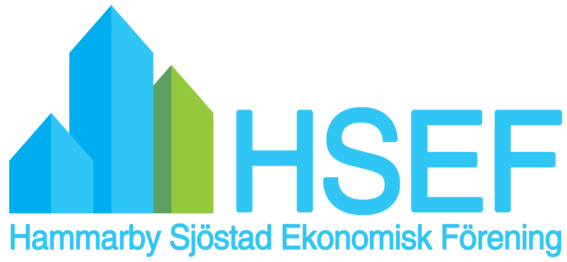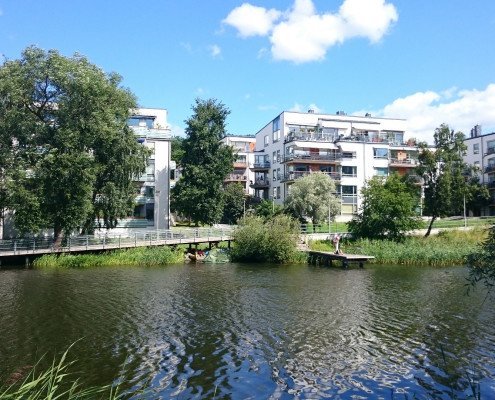Energy
Once construction of Hammarby Sjöstad is completed, the residents will produce 50% of the fuel used to generate the energy they need. Treated wastewater and waste are used in the production of heating, cooling, electrical power and biogas. The area also uses new energy technology, such as solar cells and solar panels.
District heating and District cooling
The Högdalen district thermal plant uses combustible waste to produce district heating and electricity, while the Hammarby heating power plant uses the heat in the treated wastewater from the Henriksdal wastewater treatment plant to produce district heating. The wastewater, which is now cooled, can be used to cool the water circulating in the district cooling network in Hammarby Sjöstad and throughout the city.
Biogas and fertiliser
Food waste and sewage sludge are biodegrades to produce biogas, which is used by the Stockholm city buses, and digested mulch, which is used as fertiliser.
Solar cells, solar panels
The sun’s luminous energy is converted to electrical energy in solar cells. Solar cells have been installed on several facades and roofs, e.g. on Sickla Kanalgata. Two buildings have been fitted with solar cells that provide the electricity needed for the buildings’ communal areas.
390 m² of solar panels have been installed on the roof of the Viken block and use solar heat to warm water, producing half of the building’s annual hot water requirements.

